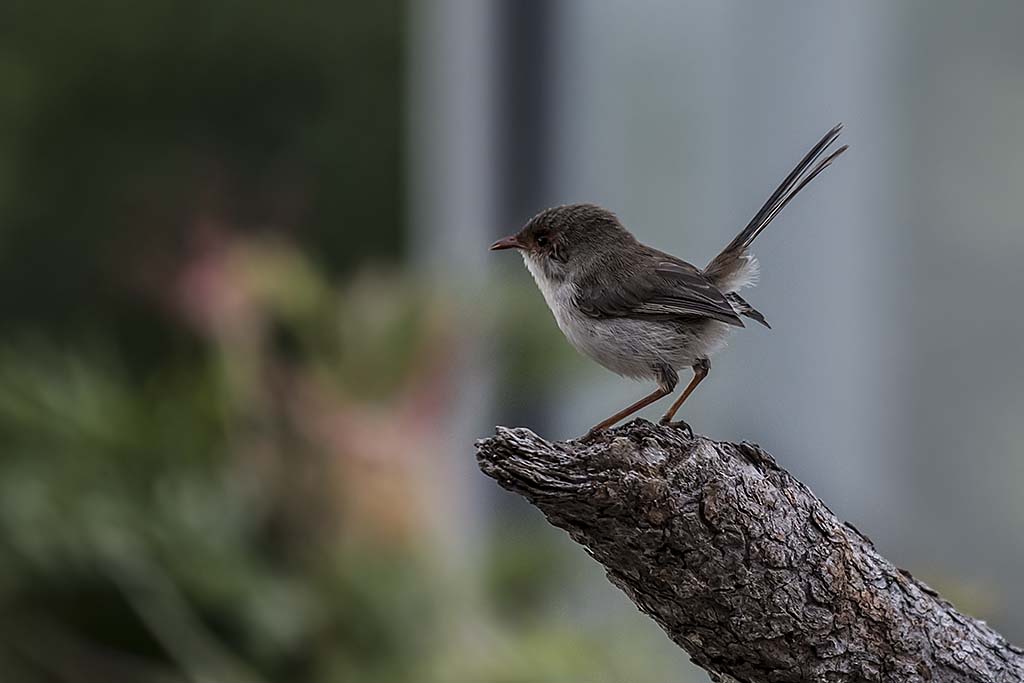I have regularly blogged about the Nikon, Nikkor, 200-500mm f/5.6 zoom telephoto lens and letting you know how good this lens is for the money outlayed. The vibration reduction , VR provided with this lens is excellent and all photographers who use the lens appear to be of the same opinion. However, to get the best result from this lens, as with all other lenses, good VR is not the only solution, it requires good photographic technique and your results with this lens will be even better.
The formula for this lens is:
Excellent vibration reduction + Excellent technique = Excellent images.
The lens is quite heavy which does help in the dampening of any vibrations within the camera being passed on to the sensor where the image is ultimately captured. With this lens I nearly always have the vibration reduction (VR) switched on with the normal/sport switch, set to normal. I do prefer heavier lenses as the weight does help to dampen any camera vibrations. Many photographers have had issues with the extremely light 300mm f/4 PF lens for the very reason that the lens is so light and the camera vibrations are not damped as much, hence causing vibrations and less sharper images at slower shutter speeds of around 1/60 sec.
I am very particular with the sharpness of my images. In capturing nature images of birds, animals etc the sharpness of the image is of critical importance.

In capturing critically sharp images, stopping any movement or jerking of the camera is so important.
With very large telephoto lenses the main stabilisation is from the VR mechanism and also the lens support collar which attaches to the monopod or tripod. Since this collar is so important I always consider the use of some means of excellent lens support, there are some examples here as to hardware which can be obtained. The hardware from this store is better than excellent and will give additional support to your lens and camera. This store also sells excellent quality arca swiss compatible clamps and plates.

For the most part I use a monopod to additionally support the lens but also consider using a tripod sometimes.
If you use a monopod make sure you get the technique correct. What I do is to treat the monopod as the first leg of a tripod and then consider your two legs as the second and third leg of the tripod. Brace yourself so that your body is positioned in the form of a tripod, it does sound a bit crazy but it seems to work to give extra stability.
I prefer to use a monopod mostly as it does give much more mobility than carrying a cumbersome tripod around all the time.
I might add that when using long heavy lenses, safety is paramount and I always feel much safer when using a monopod to take some of the weight of a heavy lens and also to help me keep my balance.
Sometimes the purchase of a tripod or monopod can be a very difficult decision and with these items the whole aim is to give an extremely solid support to the camera and lens so it is always best to purchase the best quality that you can afford. A tripod that is too light or flimsy is always a waste of money so spend wisely.
The equipment I use for my photography is mainly as follows:


